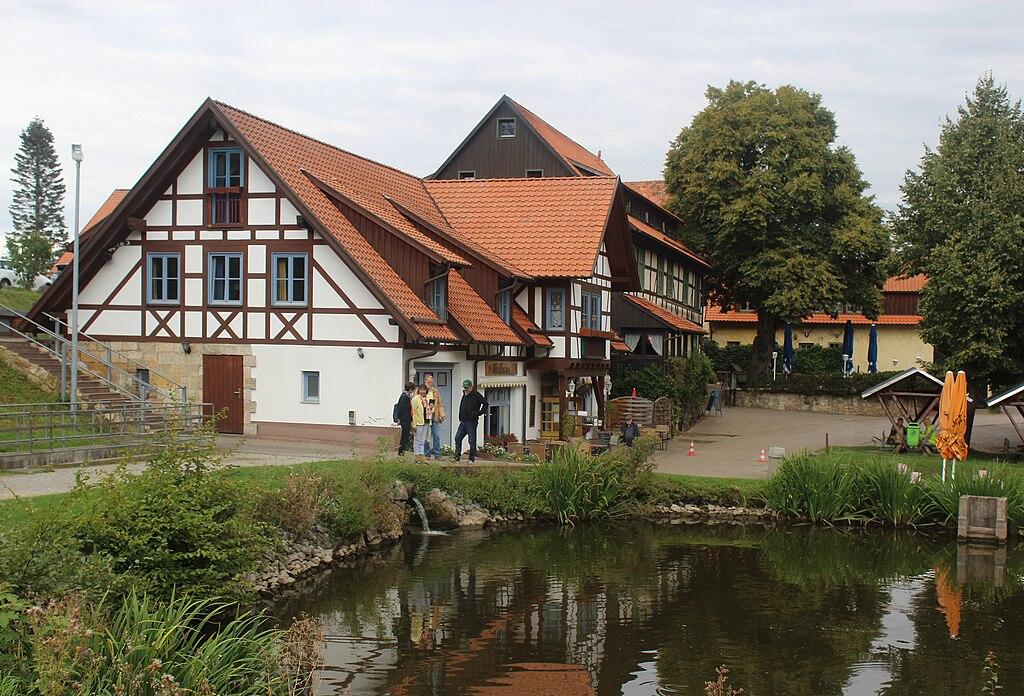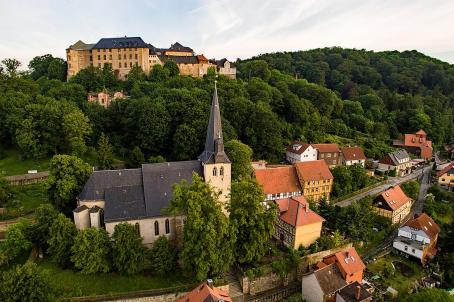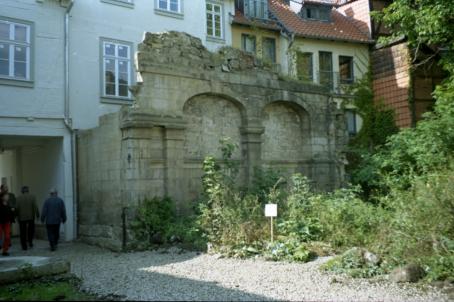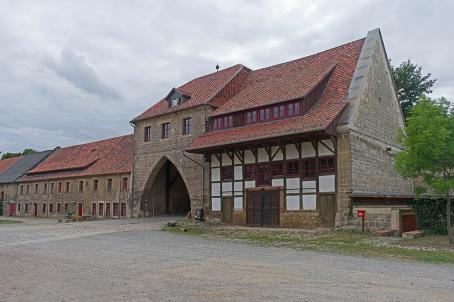Michaelstein Monastery
Michaelstein Monastery is a former Benedictine monastery, close to the town of Blankenburg. After its restoration after the Second World War, the monastery was used as a music academy, a venue for concerts and events, a conference centre and a museum. The monastery is a stop of the Harz Monastery Hiking Trail and part of the Romanesque Road that crosses the German state of Saxony-Anhalt.
About this building
The current monastic complex was founded by the Cistercians in the 12th century. Before that, a monastery of the Cistercians and other religious structures had existed thanks to the concessions of King Otto I. After a turbulent 16th and 17th century, marked by numerous changes of ownership, a seminary was established there in 1717 and ceased in 1808. At the end of the 19th century, the monastery became a hatchery because of its proximity to ponds.
Many buildings from the former farmyard have been preserved, such as the granary, the manor house, the residential house and the abbot's house, as well as the blacksmith's shop and the former stables. The heart of the monastery complex is the cloister with cloister buildings, the refectory and a chapter house.
Michaelstein has been known as an institution for music practice, education and research since the Saxony-Anhalt Music Academy for Education and Performance Practice opened in the 1960s. The academy offers courses, further education and conferences and is very popular as a rehearsal and work location.
For more information visit on this building visit www.klosterland.de/Monasteries






